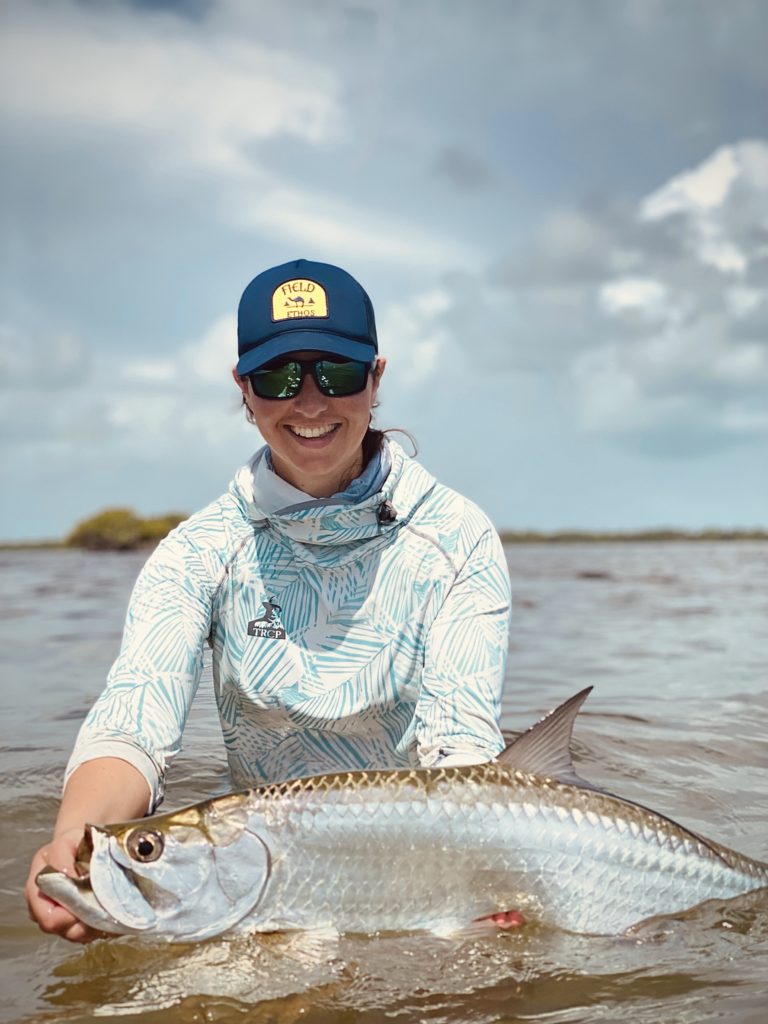
Sometimes, on rare, special occasions, the photographer gets to fish. And it’s a wonderful thing.
Last week in Belize I got to sneak out from behind the camera.
Image: courtesy of Robert Wells.
Updates on travels, adventures and news from Jess McGlothlin Media.

Sometimes, on rare, special occasions, the photographer gets to fish. And it’s a wonderful thing.
Last week in Belize I got to sneak out from behind the camera.
Image: courtesy of Robert Wells.
As a general rule, anglers are passionate folks. Often our identity rolls right up into our passion for fishing… it becomes a core part of our being. But I’ve found that passion often doesn’t correlate directly into a willingness to put into the work. Spending more time working at saltwater lodges over the past years, I’ve been curious to see a lot of people showing up to their “trip of a lifetime” with no idea of what lies ahead.
There’s something to be said for the unexpected. But it also pays to do a little bit of research before hopping on a plane and flying to another country to fish (or to do anything, really). And I’d argue that if you’re spending a good bit of change on a trip, taking up a guide’s time, and just generally want to have a decent time on the water, a bit of preparation is going to help.

I’ll preface this piece with the fact that I did not grow up in the salt. I’m a Montana trout girl, who grew up chasing trout and grayling in the waters of the West. I had a few chances to chase salty species as a teen, and then — strictly due to photography work and the place sit takes me — I’ve been able to fish the salt around the world as an adult. For the past decade and a half, I’ve taken notes, learned from guides, and spent many long hours casting in Montana parks trying to perfect my double-haul. I didn’t grow up fishing salt, and I’m still learning. But like all good things in life, it’s worth the effort.
So here are five quick tips to keep in mind if you’re heading to fish the saltwater for the first time:
1) Casting Practice
At least have an acquaintance with the double haul. It’s okay if you can’t do it well, but watch a few videos online, play with it, and understand the benefits of increased line speed and control. Lay a few hula-hoops at 30, 40, and 50 feet and practice casting into them, so you’ll have an idea of distance when your guide tells you, “Ten o’clock, 50 feet!” and the boat’s in chaos. If you’re crushing that drill, string in hula-hoop vertically from a tree, and practice shooting line forward through the hoop. The more you can compress your loop, the better control you’ll have.
2) Understand Gear For the Destination
Not all saltwater fisheries are the same, just as all trout fisheries are a little different. Know what gear is requisite for the place you’re going to fish. I like to travel with a 8 and 10-weight rod — at minimum — both ready with floating and intermediate or sinking lines. I keep both coldwater and tropic saltwater boxes stocked. There’s some overlap in patterns, of course, but have a divide by location helps prevent me from having to pack the entire kit for every trip. Come prepared with terminal tackle (leaders, tippet, etc.) as well… do your research into the location’s fishery. Will you need wire? Maybe. Will you need 80-lb. mono? Possibly. Lodges and booking agencies should supply you with a packing list including suggested tackle, and if you’re on a DIY trip, research online. You’ll likely find some ideas.

3) Educate Yourself on the Fishery
Come prepared with at least a basic knowledge of the fishery. There are very few locations these days where you can’t find information online about the fishery and the location… and when I’ve gone on a few exploratory trips with no information online, I’ve still been able to research other waters in the region. Know if there are crocodiles around. Are blacktop sharks an annoyance? What are the tides like? What kind of weather patterns can you expect, and what will the wading conditions be like? An hour of research can help you understand what you’re getting yourself into.
4) Take Care of Yourself on the Water
This seems to be a sticking point for a lot of anglers I’ve seen over the years. It’s easy to geek out over your gear, obsess over the fishing, and then forget that your physical ability is a key part of that equation. Tip number one? Hydrate. Drink a ton of water on the boat. (Side note: get used to peeing while out on the water. Guys, you have a big advantage here. Celebrate it.)
I get through at least one packet of electrolytes on the boat, along with a lot of plain water. I also limit myself to two boat beers a day… it’s too easy to become dehydrated otherwise, and I’d rather be on my top fishing and/or photography game. (There’s always the bar once you’re off the boat, if that’s your cup of tea.) I love bringing along a few caffeinated electrolyte Clif Shot Blocks and sticking them in the cooler. Midday, when it’s hot and miserable, they’re hard, frozen little bursts of caffeine and salt. Voke Tabs are also a great little caffeine hit, and take up virtually no space in your bag. Cover up skin with either clothing or sunscreen, and reapply the latter often. (Especially on the triangle of skin between your thumb, pointer finger, and wrist. That skin somehow always gets burned.)
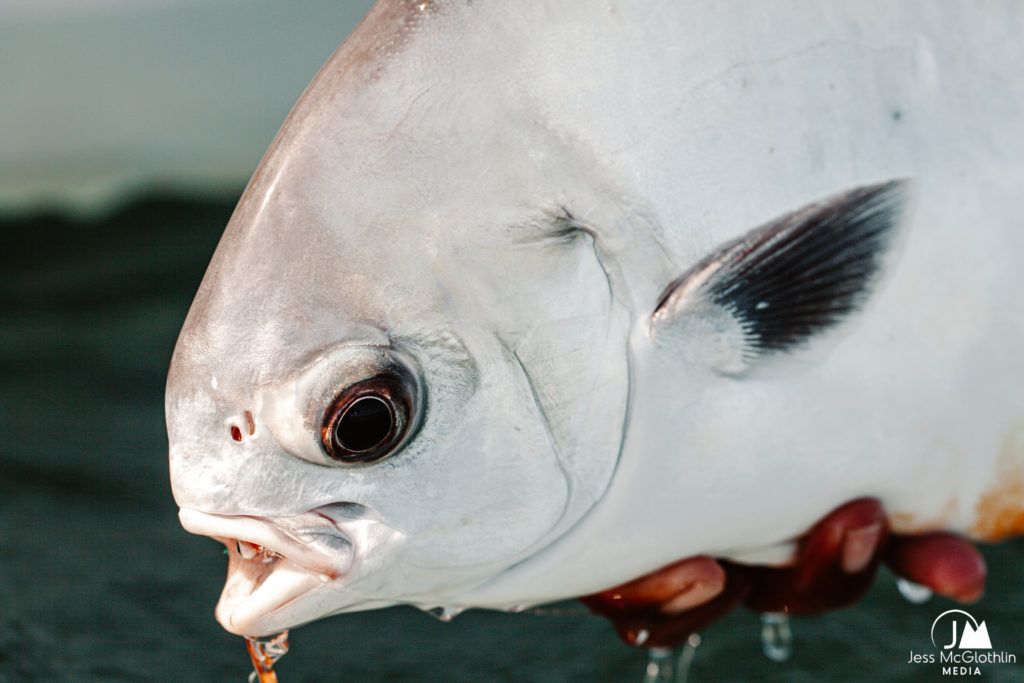
5) Be a Smart Traveler
Common sense seems to be very uncommon these days. Practice basic security measures. Keep only the minimal amount of cash in your wallet, and have at least one backup stash spread throughout your bags in unexpected places. (It’s a good idea to keep a backup credit card in one of these places as well.) Keep both hard and digital copies of all your travel paperwork — passport, visas, booking information, health information, etc. Don’t drink any unbolted water unless you’re absolutely certain it’s safe. Carry a decent medial kit with you (I detailed mine in this two-part blog post); even if you’re in a country where you think you can buy first-aid supplies if needed, what happens if the store is closed? Be prepared to take care of yourself and others.
6) Bonus Tip: Don’t Be That Guy
By its very nature, fishing is a hit-or-miss activity. When everyone gathers at the bar at the end of the day, the guy next to you might have landed a Grand Slam, where you hardly saw anything other than a single school of bonefish. It doesn’t mean you had a bad guide. It doesn’t necessarily mean the other guy is a better angler. Some days it’s just not your day, no mater how much work you put into it. Fish will be fish. Don’t get pissed off about it. Don’t blame your guide because you “Didn’t see fish.” (Chances are the fish were there, and your guide saw them, but knew you couldn’t cast that far. At the end of the day, the guide can put an angler into fish, but the responsibility of catching falls to the angler’s skill. (Hence Tip #1 being at the top of this list.)
This is all common-sense stuff… just use your head. Most of all, enjoy the trip, and be willing and ready to learn from your guides (to this day, I still carry a little notebook and jot down casting tips or learnings every day I’m on the water). Fishing and travel on their own are two very good things, and when combined, they’re one of the very best things about life. Go forth and enjoy!
 It’s been a hectic Q1. (Okay, really it’s been a hectic year, since the world went topsy-turvy in March 2020.) Now, a year later, we’re still muddling through it.
It’s been a hectic Q1. (Okay, really it’s been a hectic year, since the world went topsy-turvy in March 2020.) Now, a year later, we’re still muddling through it.
I was fortunate enough to kick off 2020 with another visit down to Belize’s El Pescador Lodge to continue shooting saltwater fly-fishing imagery. Between hosting a group of anglers for a week, working as a producer for a videographer, and shooting my own work for El Pescador and several editorial clients, it was a hectic visit but—as always—a good one. (Stay tuned for two editorial features about to drop, covering the reopening of Belize and what both travel and fishing look like there now.) The weather was uncooperative for the most part, but we made the most of it and our rain gear got plenty of mileage.
Then it was back to Montana, settling back into what’s become my routine of lap swim in the early morning, come back to the apartment to work until lunch, go for a walk or run, work the afternoon, then rinse, repeat, and do it all over again. It’s feeling an awful lot like Groundhog Day, but there’s light on the (far) horizon.
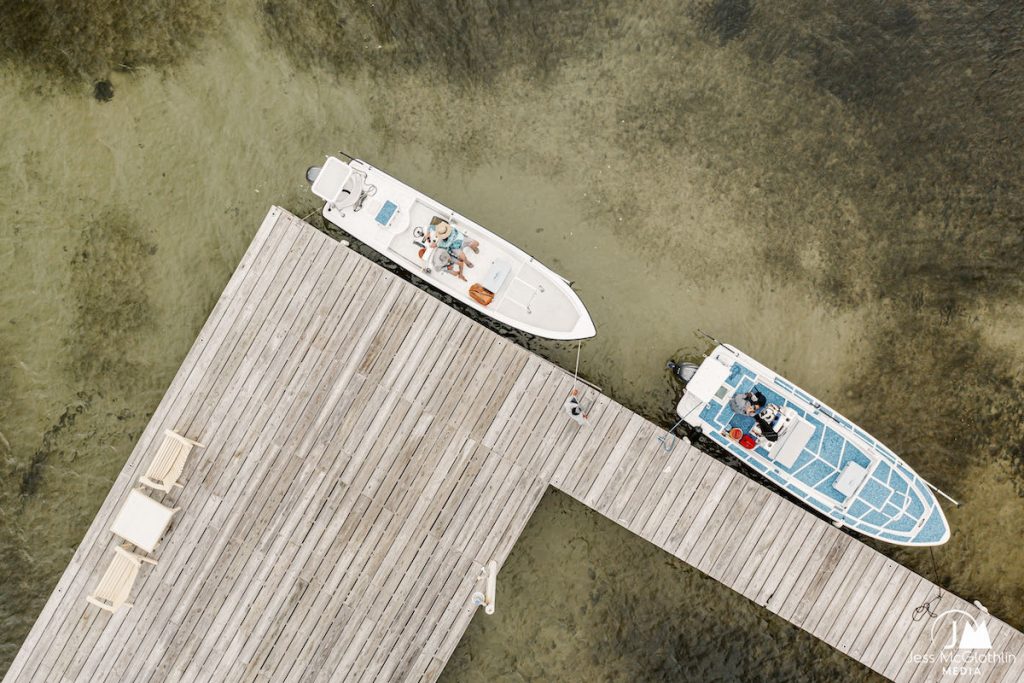
I’ve been asked to head back down to El Pescador in May to fill-in as Fishing Director for a few weeks. Excited to get back down into the salt and slip into the now-familiar routine of what’s become rather a second home. (What is home, anyway? It’s an incredibly fluid concept, and mine certainly isn’t Missoula.)
So, if you’re looking for an escape, come hang and fish at El Pescador in May. I’m not hosting, nor giving a photo school, but would love to see some friendly faces in the tropics. Shoot me a note and I’ll give you the details!

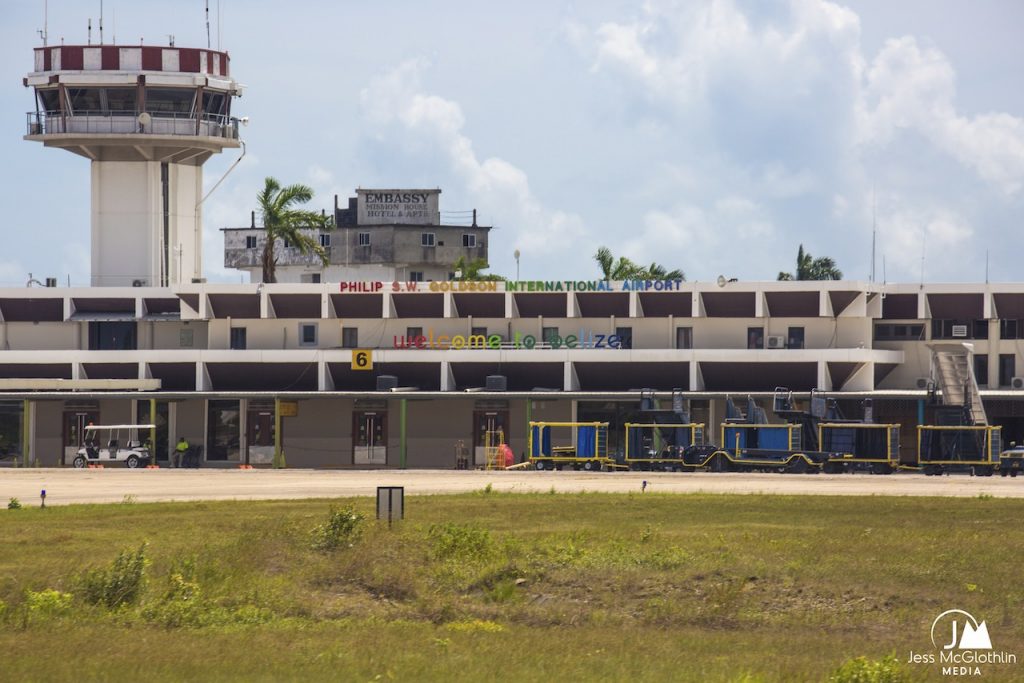
I’m just back from a shoot at El Pescador Lodge in Belize—my first international travel since March. This trip was a long time coming; I held a total of five different ticketings since July, as the reopening date for Belize continued to shift back. Finally, on 1 October, the country re-opened and I hopped a plane to head south.
Here’s a brief look at what international travel looks like right now:

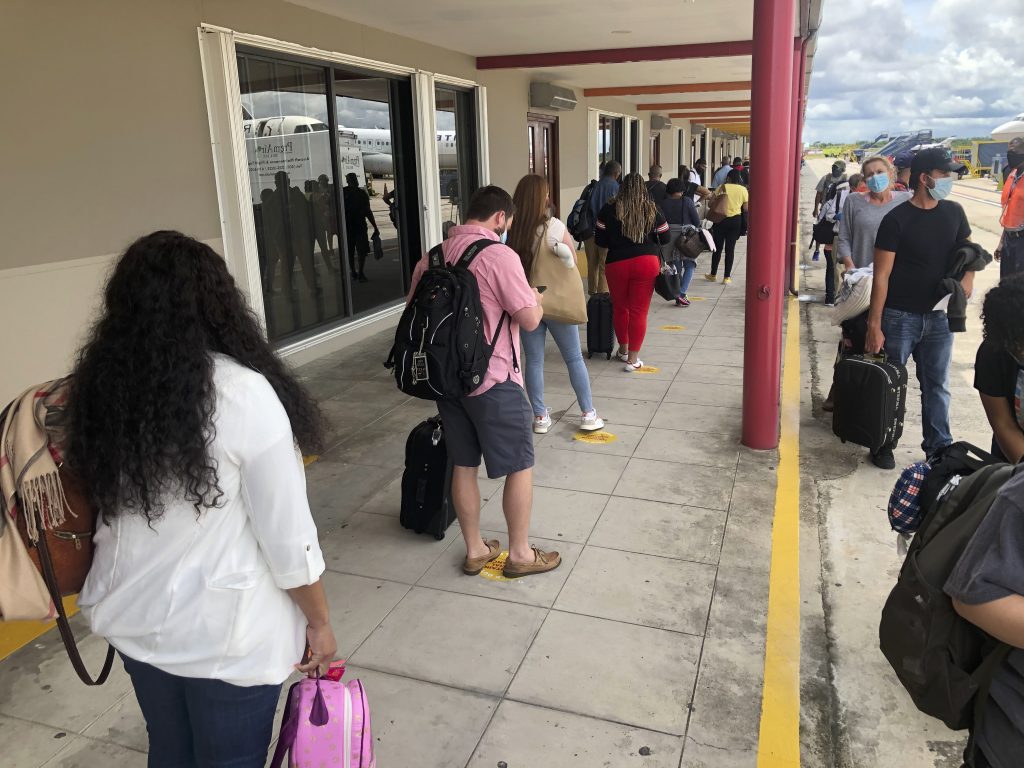
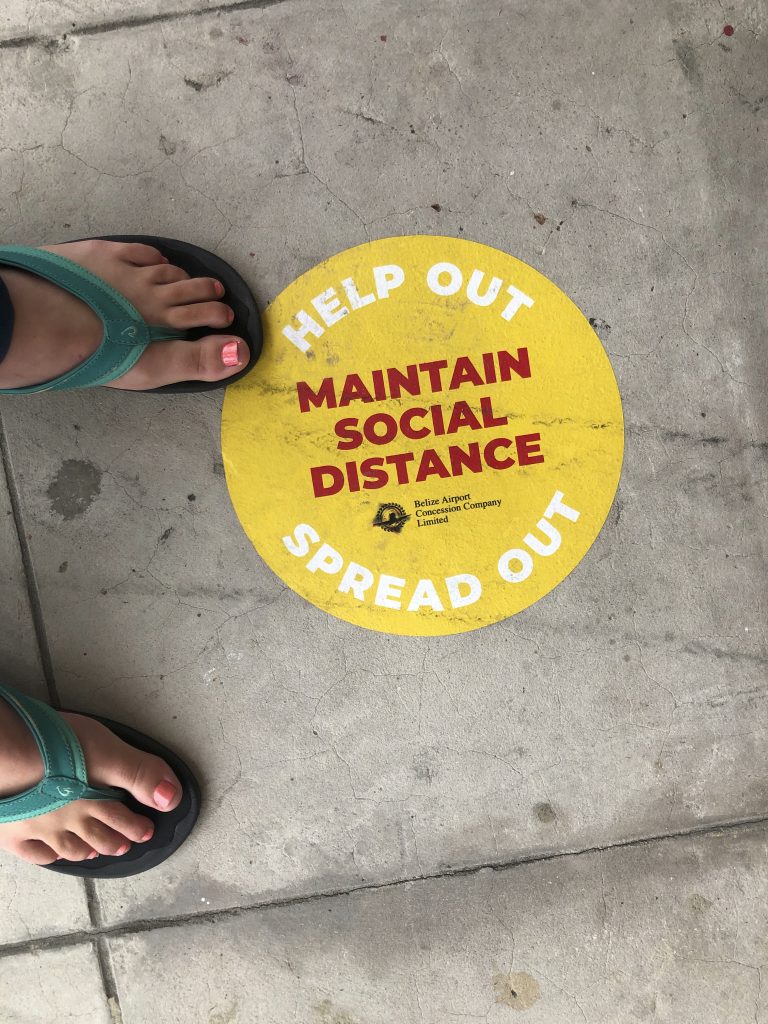
 I did have a friend not receive his test results in time, and therefore was required to test in Belize City. He said the process was easy, quick, and pretty painless.
I did have a friend not receive his test results in time, and therefore was required to test in Belize City. He said the process was easy, quick, and pretty painless.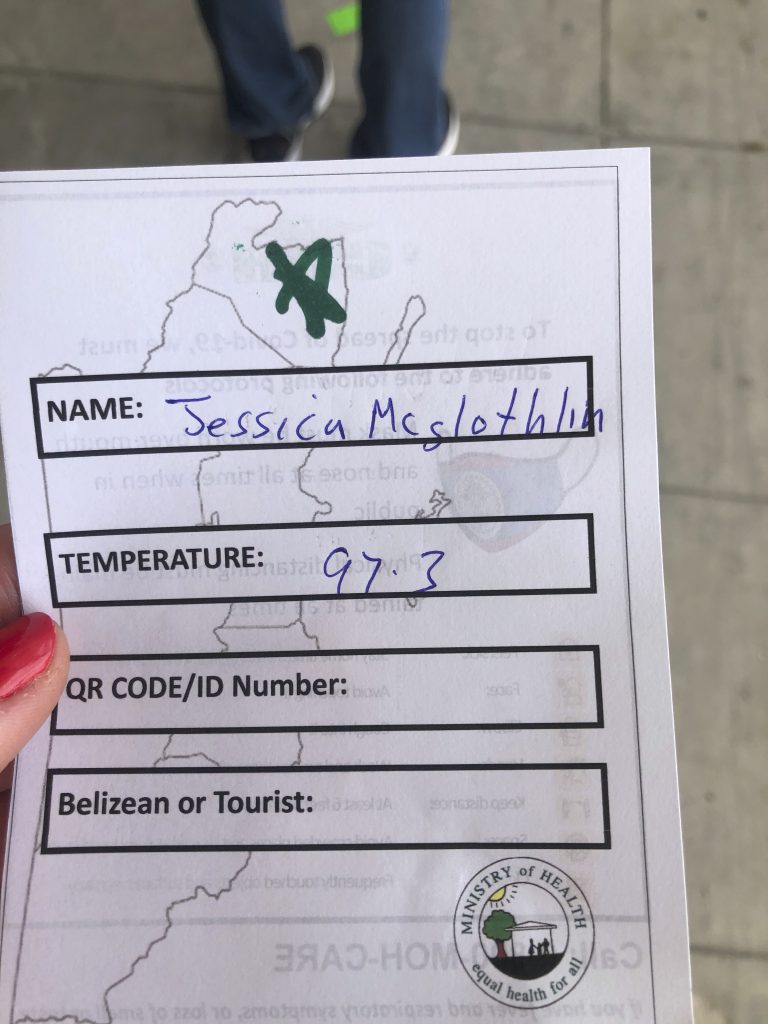
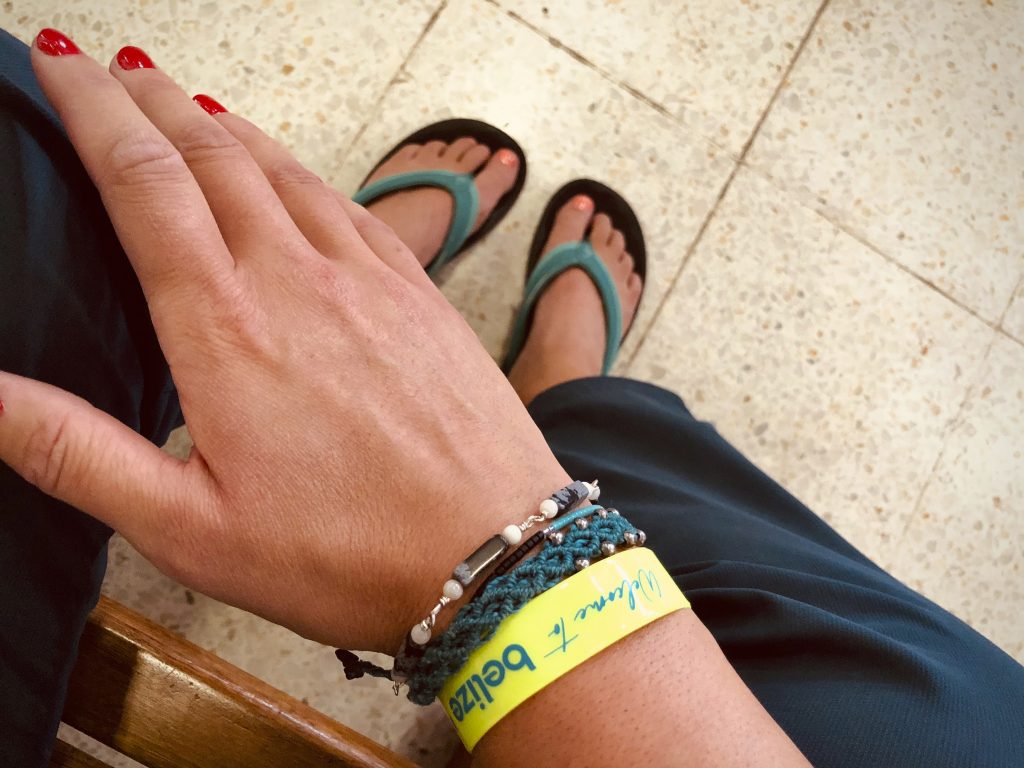
All in all, travel to Belize was easier than I’d expected. People were happy and friendly. I was last in Belize in February, and while the process feels quite different now, eight months (and what feels like several lifetimes) later, it was very doable and an encouraging first international experience after the arrival of COVID.
El Pescador is one of my favorite lodges around the world—it’s homey, and the staff and guides are like family. I’m planning a return trip this winter, and will readily jump through the travel hoops (we’ll see what the world presents us with) to get down to the saltwater flats once again.
And you know what, after seven months of not seeing angling pressure, the fish seemed pretty damn happy to see us, too. See a few images here.

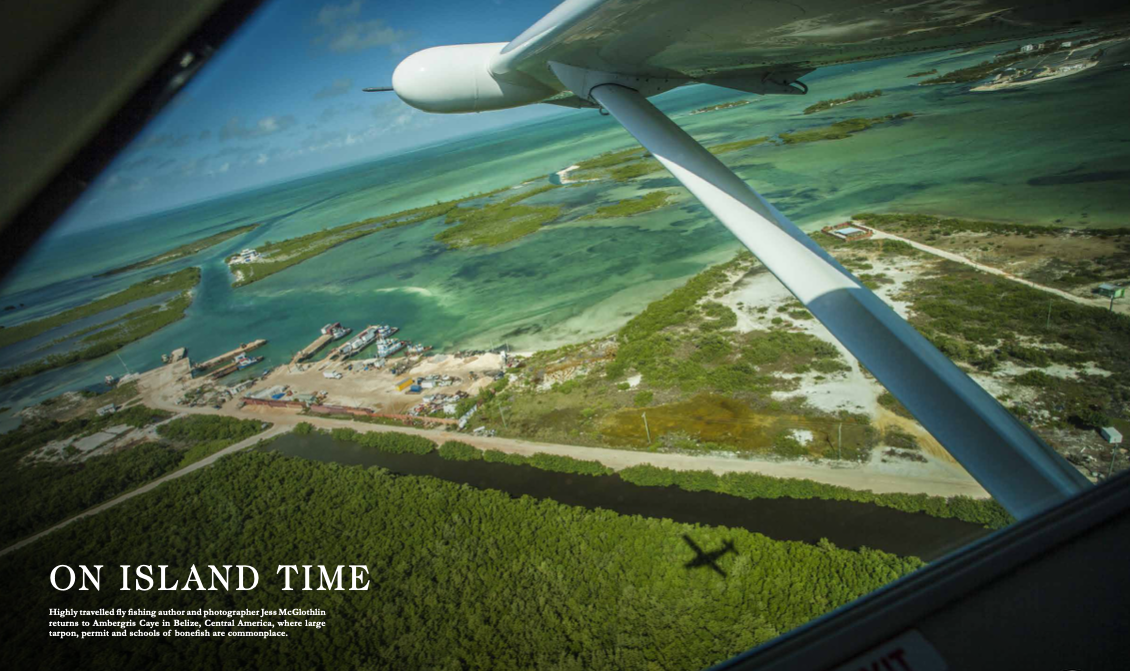
“The air is heavy with humidity and the playful scent of tropical flowers, mixing languidly with the scent of aviation fuel and the general bustle of Belize’s largest airport, Philip S. W. Goldson International, in Belize City. The open-air stroll into customs provides a welcome glance at what’s to come: Belize is delightfully casual. Things move on ‘island time’ in this Central American country, and the airport experience is a part of that. I’m quick to find a seat at Jett’s Bar, the bustling airport bar run by diminutive, wizened Jett, and settle in to wait for the short Tropic Air flight to San Pedro.”
The U.K.’s Fieldsports Journal is one of my favorite publications to work with. The magazine itself is gorgeous—thick, heavy paper printed with intense colors, the binding sturdy. Each issue reads more like a mini-book than a magazine, and shows in my mailbox carefully nestled in cardboard packaging. Quality, all around. The editors are lovely, and I delve through each issue—whether or not I have an article placed—with excitement.
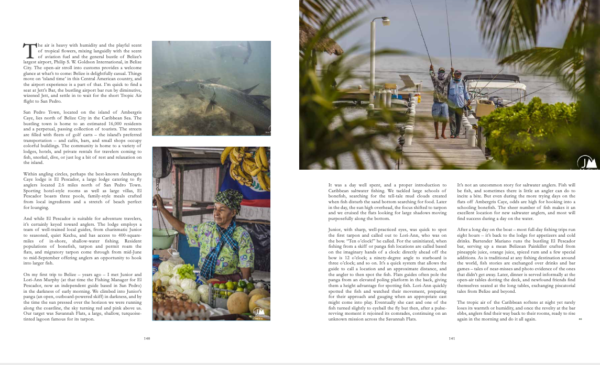
In this most recent issue, I wrote up a few words about Belize escapes. I’ve been down to the Central American country three times now, each time bringing very different experiences and new lessons both on and off the water. But there’s a relaxed “go slow” island vibe I fall in love with a little more each trip. I tried to sum it up in the closing paragraph of this most recent article:
“After a long day on the boat (most full-day fishing trips run eight hours) it’s back to the lodge for  appetizers and cold drinks. Bartender Mariano runs the bustling El Pescador bar, serving up a mean Belizean Painkiller crafted from pineapple juice, orange juice, and spiced rum, with a few special additions. As is traditional at any fishing destination around the world, fish stories are exchanged over drinks and bar games; tales of near-misses and photo proof of the ones that didn’t get away. Later, dinner is served informally at the open-air tables dotting the deck, and newfound friends find themselves seated at the long tables, exchanging fishing tales from Belize and beyond. The tropic air of the Caribbean softens at night yet rarely loses its warmth or humidity, and once the revelry at the bar ebbs anglers find their way back to their rooms, ready to rise again in the morning and do it all again.”
appetizers and cold drinks. Bartender Mariano runs the bustling El Pescador bar, serving up a mean Belizean Painkiller crafted from pineapple juice, orange juice, and spiced rum, with a few special additions. As is traditional at any fishing destination around the world, fish stories are exchanged over drinks and bar games; tales of near-misses and photo proof of the ones that didn’t get away. Later, dinner is served informally at the open-air tables dotting the deck, and newfound friends find themselves seated at the long tables, exchanging fishing tales from Belize and beyond. The tropic air of the Caribbean softens at night yet rarely loses its warmth or humidity, and once the revelry at the bar ebbs anglers find their way back to their rooms, ready to rise again in the morning and do it all again.”